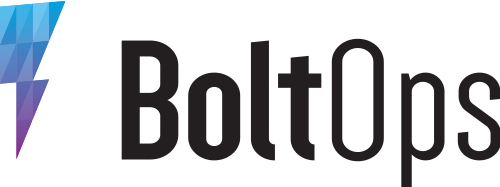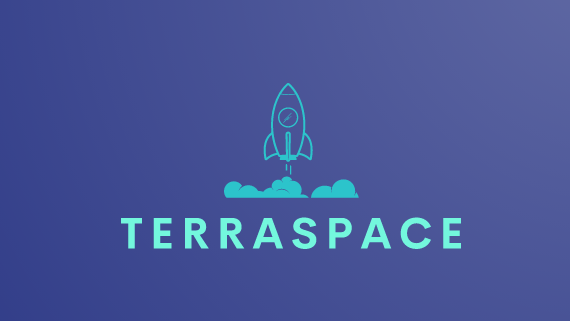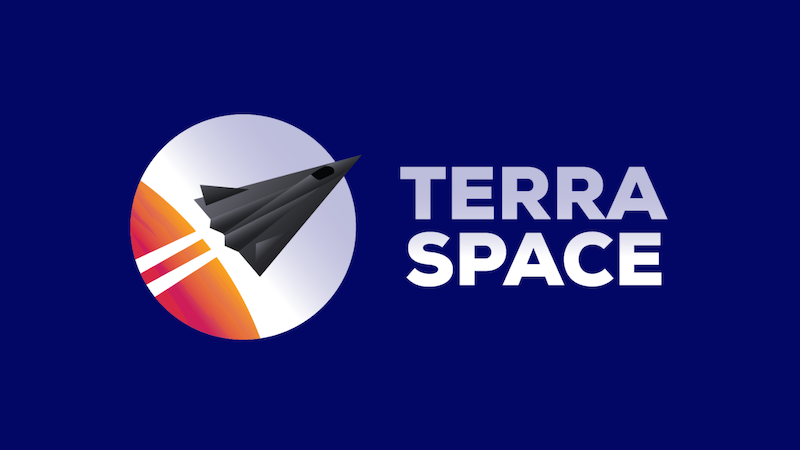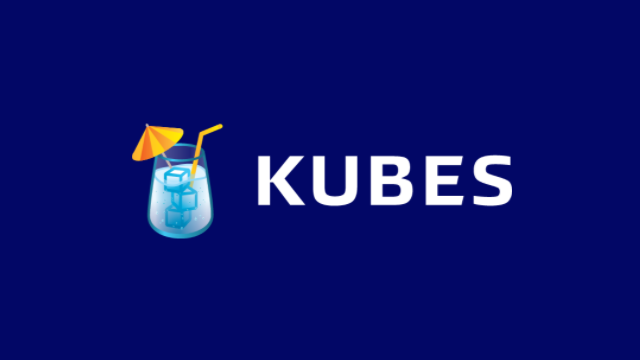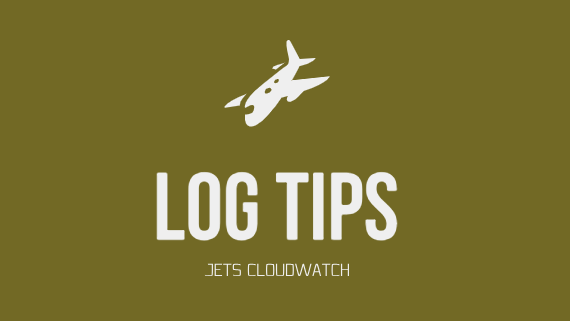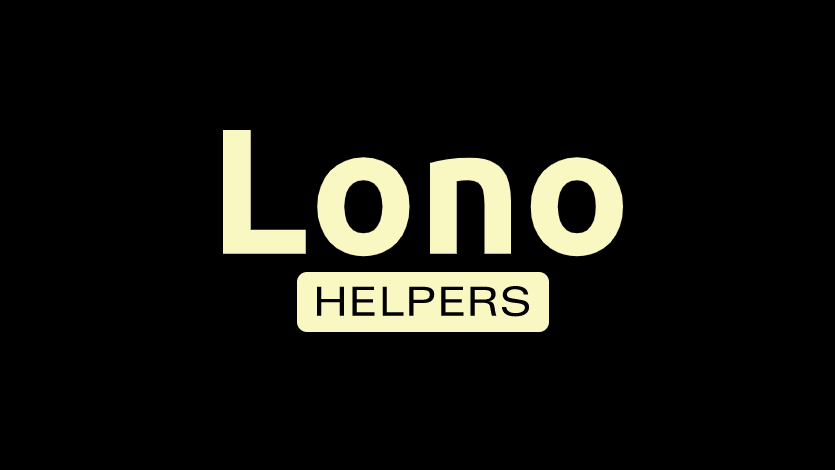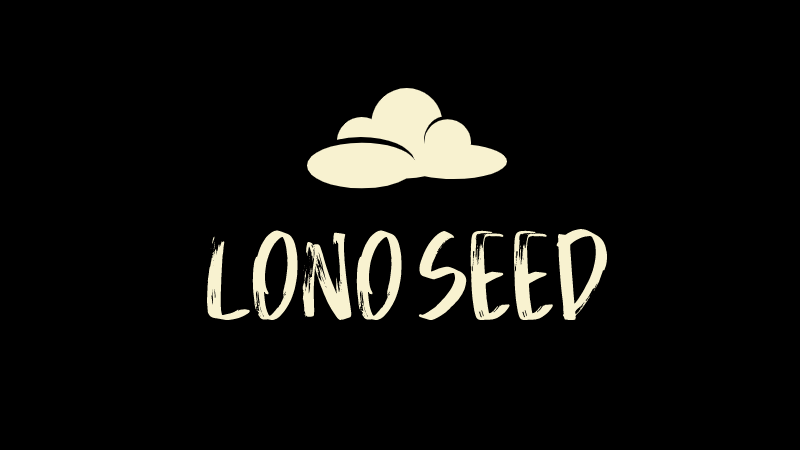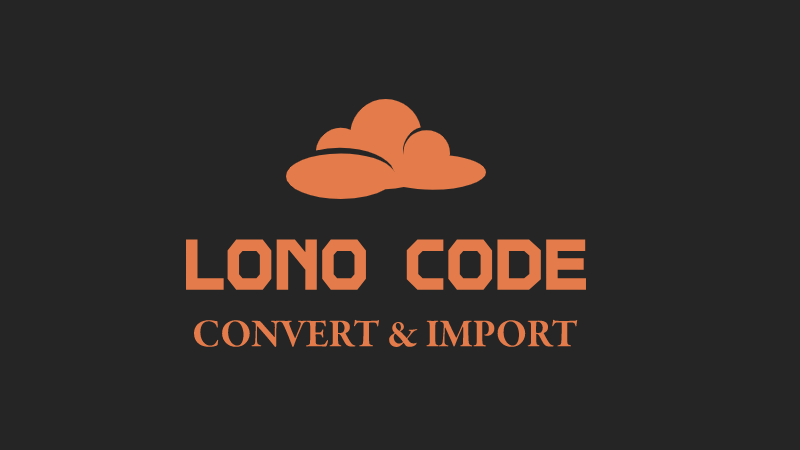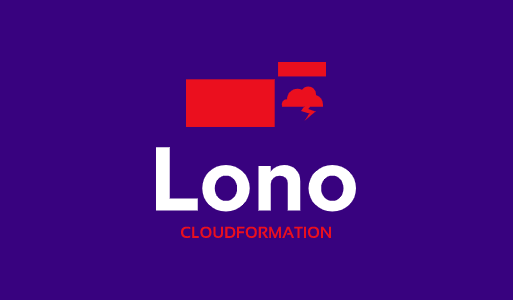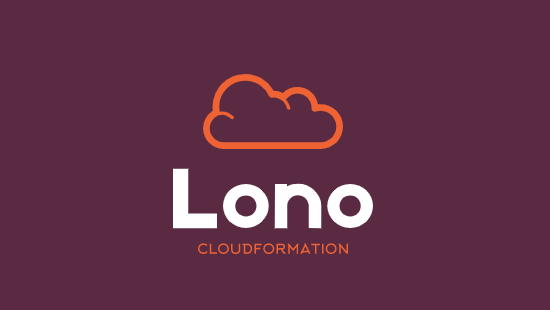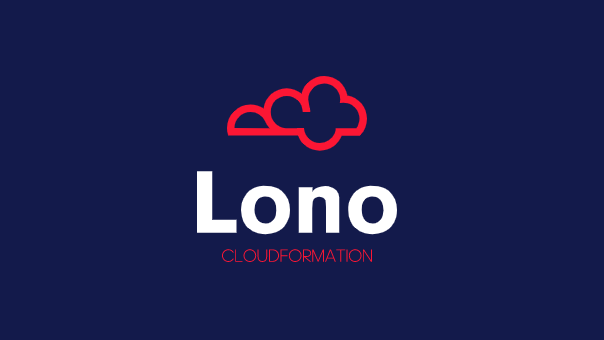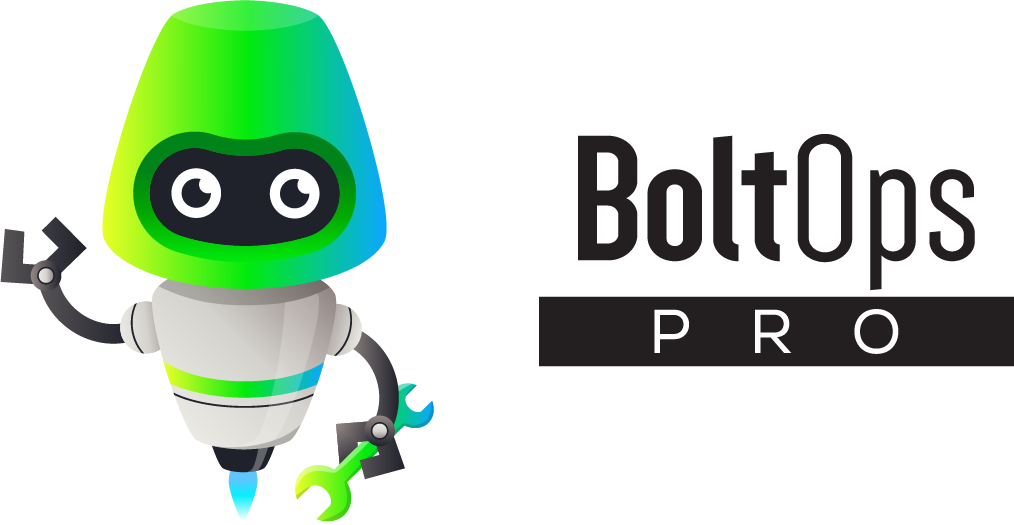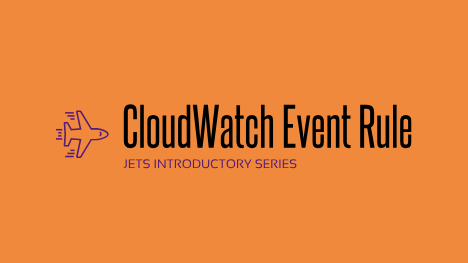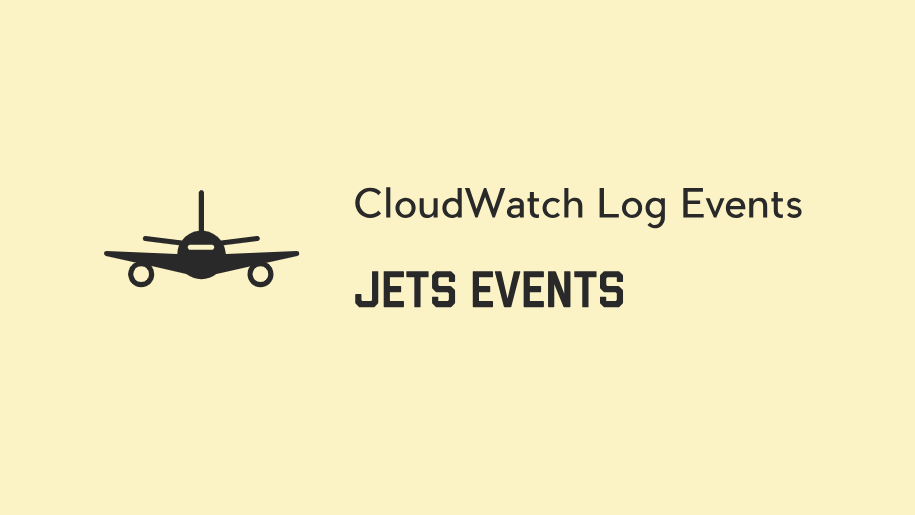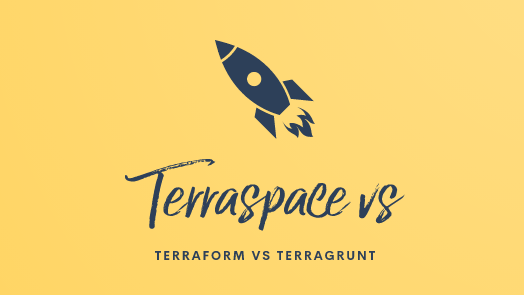
Terraform vs Terragrunt vs Terraspace
 Tung Nguyen
·
September 28, 2020
·
14 min read
Tung Nguyen
·
September 28, 2020
·
14 min read
Terraform is great and helps you build infrastructure-as-code. The Hashicorp team provides good resources, learning guides, and tutorials to help you get started. The guides are simple, though, and still leave plenty of things for you to figure out on our own. Once you get past the introductory basics of Terraform, you’ll discover many more questions that you must answer before taking Terraform to production. Usually, people end up home-growing custom scripts or using a tool on top of Terraform to fill the gaps. In this article, we’ll discuss and compare the tools: Terraform, Terragrunt, and Terraspace.
Read more →

